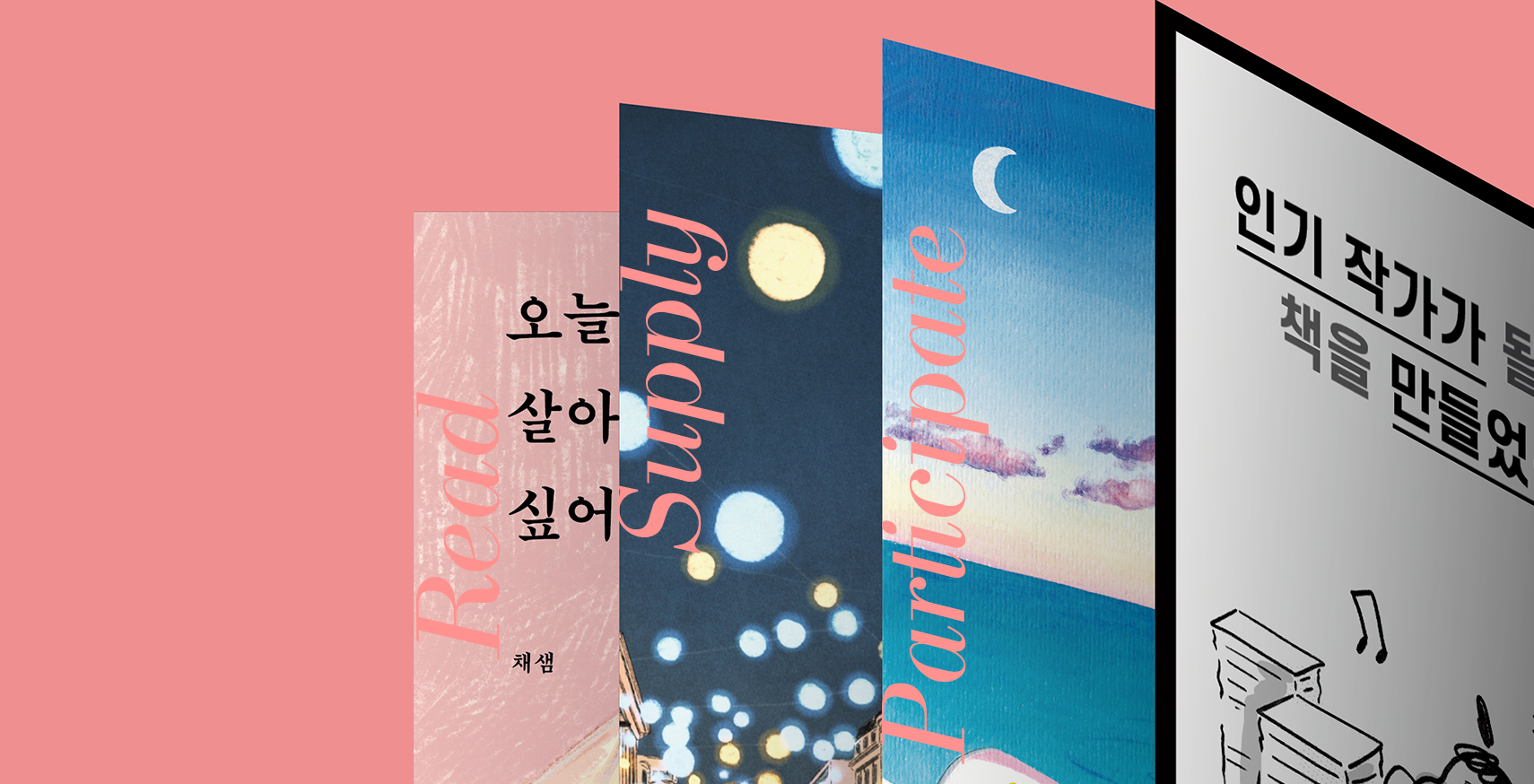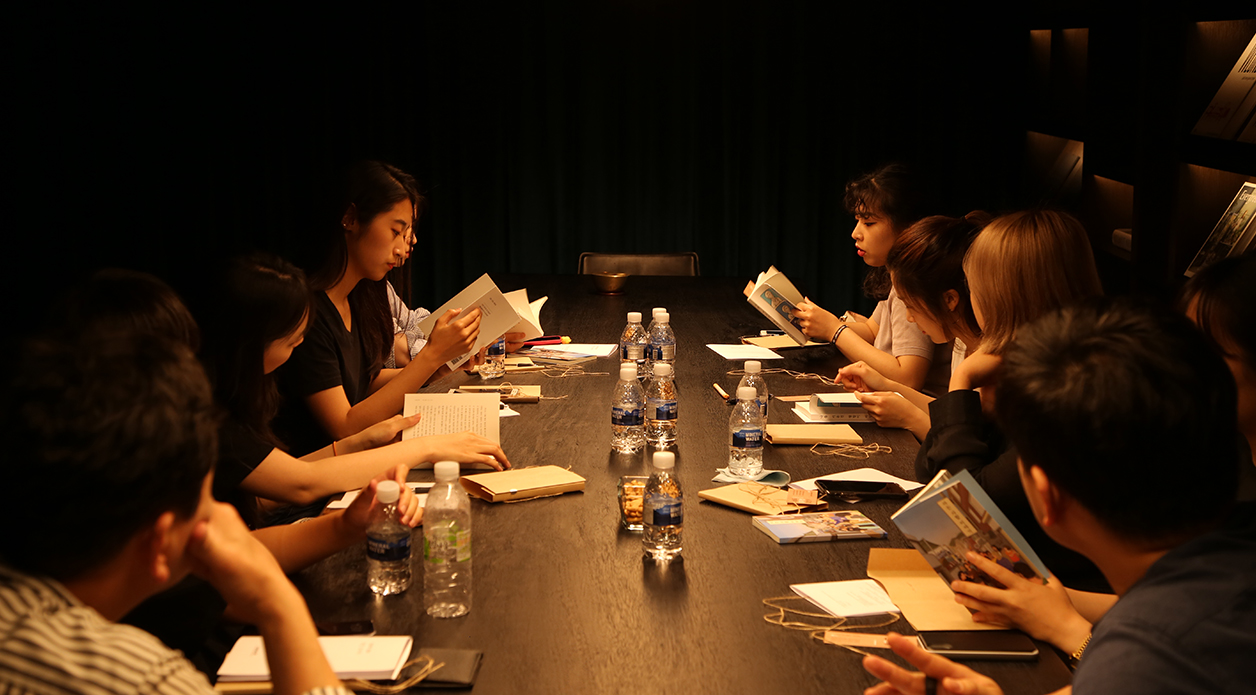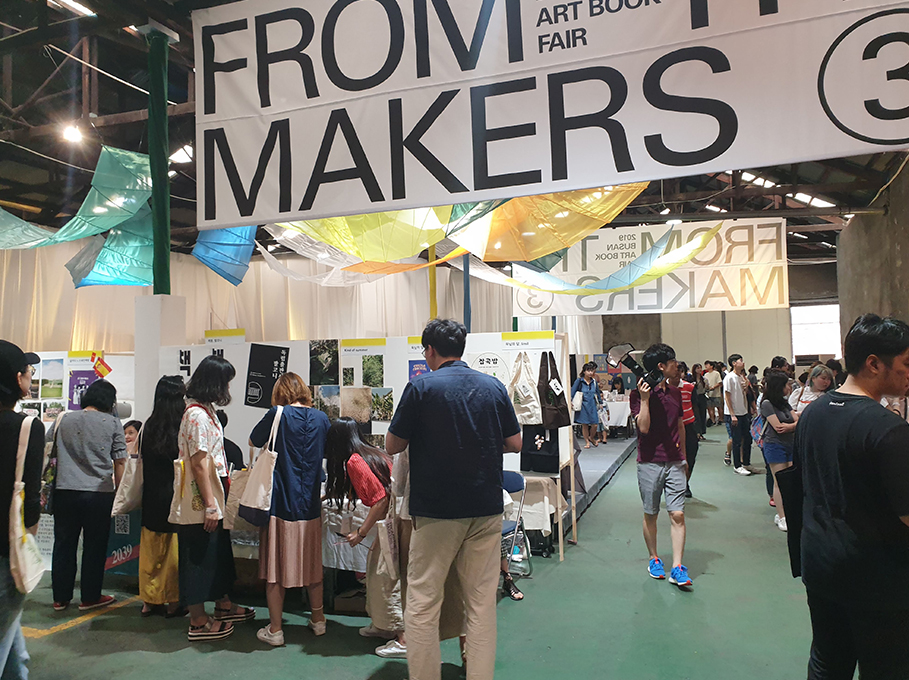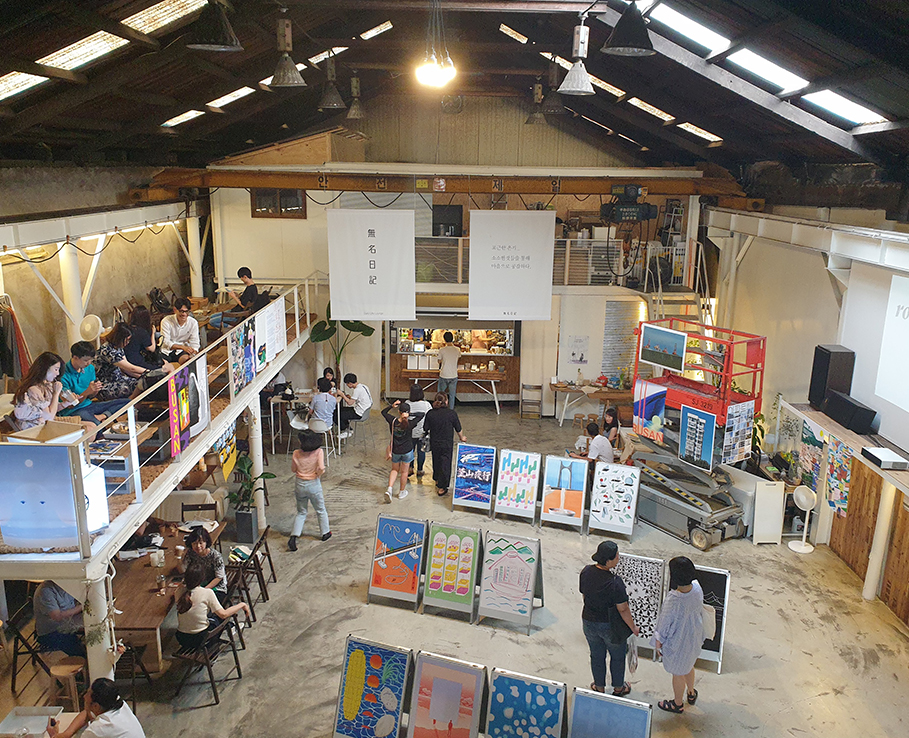June 2021

June 2021
The surprise success of a certain publisher’s style manual has become the talk of town. Some 2,000 copies of the book were sold in just two days, a record for a book initially intended for industry insiders. Perhaps a certain extent can be attributed to the expansion of independent publishing and the diversification of platforms that enable book or content-publishing acts. We can attribute this remarkable success in part to the expansion of independent publishing and the proliferation of self-publishing platforms.
Written by
Min Seungwon,
CEO of INDIEPUB
Photo Courtesy of
INDIEPUB

Many people nowadays put “publishing their own book” on their bucket list. Accordingly, the act of independent publishing embodies the realization of their dream. Independent publications range from outside-the-box, thoroughly eclectic works to relatively mainstream content. “Content” here is in no way confined to the textual medium, but includes imagistic mediums like photographs, illustrations, montages, and more. Many of these opt for indie publishing due to its low bar for entry. Compared to the established, fixed standards and complex procedures mandated by conventional publishing houses, the indie publishing process is far more lightweight in terms of costs, time and effort.
Though an increasing number of independent publications are being produced these days, there’s still a long way to go before indie publications seep into the mainstream.
 Independent publishers tend to be active in compiling and even implementing readers’ or fellow writers’ feedback. The scene also enjoys roundtable discussions of various sorts. ©Another W
Independent publishers tend to be active in compiling and even implementing readers’ or fellow writers’ feedback. The scene also enjoys roundtable discussions of various sorts. ©Another W
Taking part in all facets of the publishing process is a big deal. Whether it be writing, designing, printing, distributing or marketing, having your say or directional preference be implemented — or even taken into consideration — is itself a huge merit. Though tackling the entire process can be arduous, there certainly is inherent joy specific to the act of designing every aspect of a book on your own. The more deeply involved one becomes in the entire process, the more touching it becomes when a reader — not to mention many readers — gives you a shout-out on social media to express their appreciation of your work.
In order to cut costs, publishing houses commonly reduce the material in their hard-copy publications. Recent examples include the use of A5-sized and B6 paper and vellum paper. Since independent publishers and authors have the entire spectrum of publishing options at their disposal, many elements can vary, such as finishing techniques or intaglio presses. The finished product is more than a mere commodity; it can become a significant part of one’s career portfolio.
As such, indie publications focus not on the profits they reap but rather on the process involved — and ideally, the interactions it spawns between readers and the creators.

 Book fairs have acted as another offline medium through which industry-movers of indie publishing interact and exchange meaningful insight.
Book fairs have acted as another offline medium through which industry-movers of indie publishing interact and exchange meaningful insight.
Some independently published books have even garnered enough mainstream clout to be scouted by more established publishers. Most prominently, rising star Baek Saehee first published her bestselling book Feeling Suicidal While Craving Tteokbokki through a crowdfunding campaign. Since then, the book has topped not only indie publishing charts but many mainstream charts as well. Daily Lee Sulla by the eponymous millennial writer is another example. The writer had operated a one-person, subscription-based online publishing business that would have earned Lee a decent living even without her book’s mainstream success.
With the passing of every year, despite fewer book copies being printed and fewer bestselling authors riding on their fame, more attention is focusing on the influence or clout new writers can claim for themselves. They inherently embody, through the content of their literary works and self-identity, a thirst for a more inclusive culture, and an attitude of embracing one another in whichever form or bond.
Independent publications have seen a recent upsurge, and yet, they reach only a niche market. Although Korea’s independent publishing scene has come a long way, it must now make good on its potential and establish itself with confidence. Its innate spirit of cultural or ideological inclusivity will remain pivotal for the cultural progress of Korea.
 Indie publications tend to be granted more leeway in terms of the format they are produced in. ©shutterstock
Indie publications tend to be granted more leeway in terms of the format they are produced in. ©shutterstock